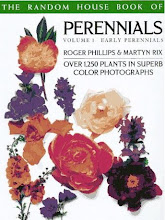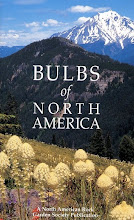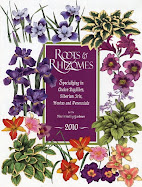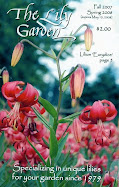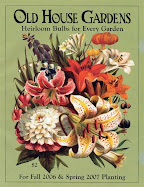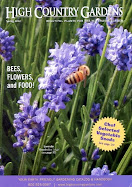These photos were taken in October 2014.
The Alphabet District is my favorite part of Portland OR, a city I have visited often. It is one of the oldest residential neighborhoods in Portland. Much of the architecture is quite charming, built between 1890 & 1950. It has an impressive retail district, with many shops & restaurants on NW 23rd Avenue, somewhat fewer on NW 21st Avenue & W Burnside Street. The Alphabet District is named for the alphabetical arrangement of streets from Burnside to Wilson across the district. These same streets also run through the Pearl District & Old Town/Chinatown, within walking distance.
John H Couch staked a claim to the square mile directly north of Portland in 1845. When laying out his claim, he used the same 200 x 200 foot blocks as the original plat of Portland. Streets were given numbers & letters in alphabetical order, later named in 1891. He followed the bend of the Willamette River in orienting this grid, creating angled & misaligned streets along W Burnside Street. The original plat went as far as west as 8th Street & north to Glisan Street. Subdivision reached NW 16th Street by 1865. This grid was later extended to most of Northwest Portland.
The Alphabet District is part of the Northwest District & also called Nob Hill. The North South Line of the Portland Streetcar runs through the district on NW Lovejoy & NW Northrup Streets as far as NW 23rd Avenue on its was to & from the Pearl District & Downtown Portland.
The Alphabet District is my favorite part of Portland OR, a city I have visited often. It is one of the oldest residential neighborhoods in Portland. Much of the architecture is quite charming, built between 1890 & 1950. It has an impressive retail district, with many shops & restaurants on NW 23rd Avenue, somewhat fewer on NW 21st Avenue & W Burnside Street. The Alphabet District is named for the alphabetical arrangement of streets from Burnside to Wilson across the district. These same streets also run through the Pearl District & Old Town/Chinatown, within walking distance.
John H Couch staked a claim to the square mile directly north of Portland in 1845. When laying out his claim, he used the same 200 x 200 foot blocks as the original plat of Portland. Streets were given numbers & letters in alphabetical order, later named in 1891. He followed the bend of the Willamette River in orienting this grid, creating angled & misaligned streets along W Burnside Street. The original plat went as far as west as 8th Street & north to Glisan Street. Subdivision reached NW 16th Street by 1865. This grid was later extended to most of Northwest Portland.
The Alphabet District is part of the Northwest District & also called Nob Hill. The North South Line of the Portland Streetcar runs through the district on NW Lovejoy & NW Northrup Streets as far as NW 23rd Avenue on its was to & from the Pearl District & Downtown Portland.































































































